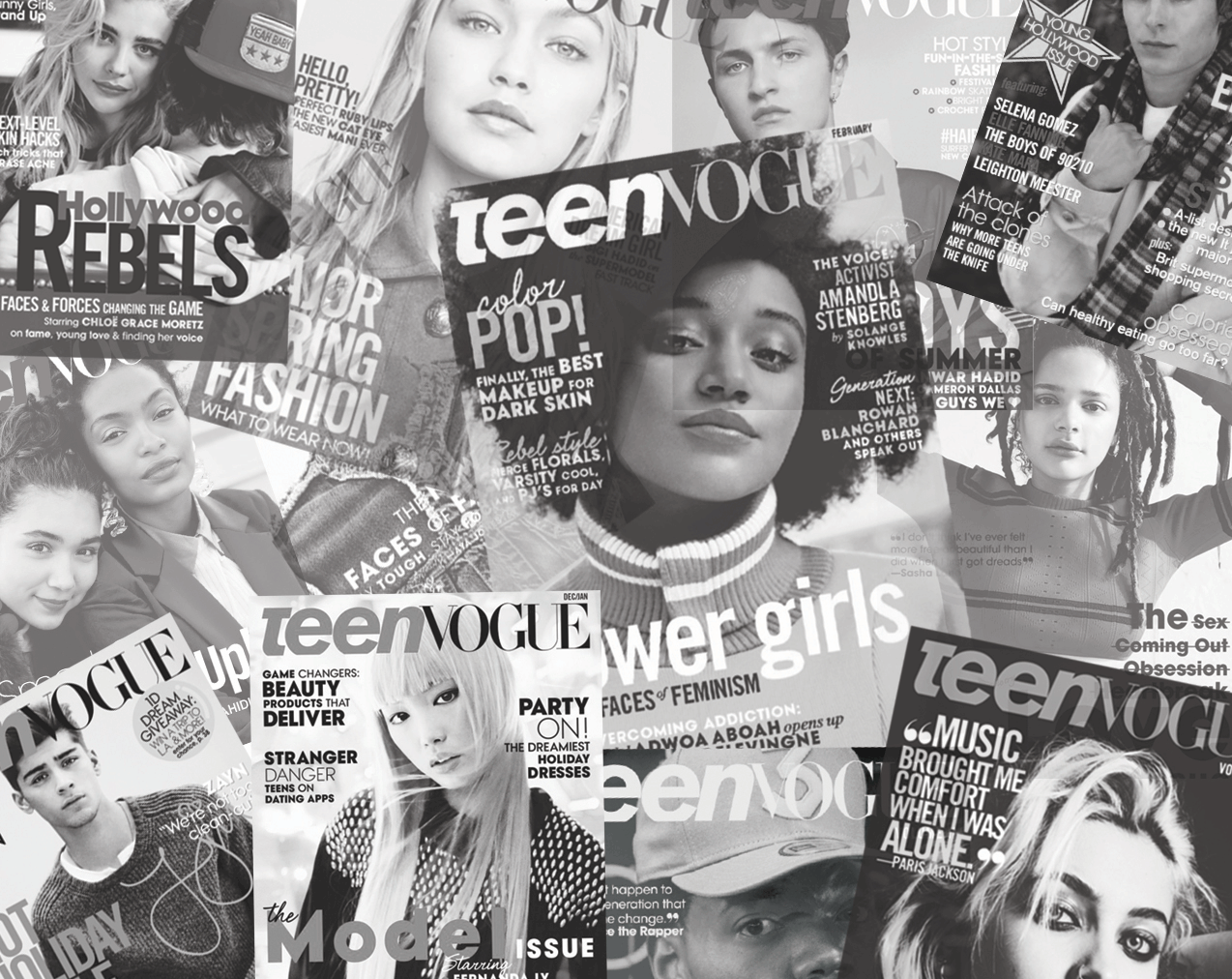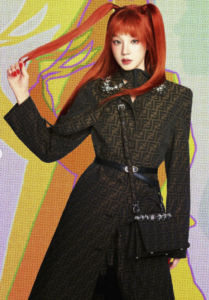Last Thursday WWD released the news that Condé Nast International will cease the circulation of Teen Vogue in print, taking away 80 jobs in the process, and reducing the frequencies of the publication. Teen Vogue, a beloved edition of Vogue targeted towards young readers, has become a platform for politics, feminism and a voice of reason in the chaos that is today’s American political climate. Recent covers include Yara Shahidi, Rowan Blanchard, Millie Bobbie Brown, Solange Knowles, and Troy Sivan. The magazine has grown along with its readers. It was a voice for Generation Zers that no other adolescent magazine had. Teen Vogue has inspired a new generation of creatives and has created an accessible and inclusive tool for young readers to connect to this intimidating fashion world. We can’t help but look back at how Teen Vogue has influenced our adolescence and has adapted throughout the years.
Change Agents With A Cause
Elaine Welteroth completely changed Teen Vogue when she was appointed as the youngest Editor at Condé Nast at 29 as well as the second African-American to hold a title of that caliber in the 107 year history at Condé Nast. Welteroth and Digital Editorial Director Phillip Picardi really took charge when Trump was elected in 2016. The duo created a space for fashion and politics that it’s sister magazine Vogue had always struggled with. Remember Gigi & Zayn’s gender fluidity article? Picardi, the digital editor, put his focus on LGBTQIA+ and Welteroth on diversity in fashion. As WWD put it, “Teen Vogue has emerged as a critical voice for Gen-Z and Millennials to rail against the Trump administration, as well as a platform to highlight diversity issues”. One of their stand out digital articles “A Guide to Anal”, an in-depth how to sex guide. This article created an inclusive platform for teens to read about safe sex. Teen Vogue is going in the direction of Rookie Mag, a safe space for teens to go for advice, how to’s, and all things fashion.
Cares For More Than Clothes
Elaine Welteroth brought a new voice to Teen Vogue, allowing young readers to follow major topics like politics, sex + relationships, pop-culture, and inclusivity, while providing fashion and art to their fingertips. Teen Vogue has enabled its readers to understand how to care for their different curl patterns, voiced opinions about the iconic Selena & Justin breakup, while also giving a voice to Black Lives Matter issues, and Native American history. It’s helped generate a new, more conscious generation of young creatives who understand the importance of inclusion in fashion and art. Teen Vogue has given its readers major political information at an internationally recognized level without the BS of other mainstream platforms. Last winter, Lauren Duca’s no-holds-barred op-ed entitled “Donald Trump is Gas Lighting America” demonstrated Teen Vogue’s aptitude for relevant, understandable, political coverage and it catapulted the platform to another level of respectability and relevance. Vogue is recognized worldwide as the premiere fashion publication. Therefore, it’s without question that Teen Vogue has been able to provide a new dynamic for readers across the globe.
Not Like The Rest, We’re Sorry To See You Go
For many former (millennial) Teen Vogue readers (including our entire team), the loss of Teen Vogue in print is very disappointing. Teen Vogue, unlike other teen-geared magazines was about fashion and culture, rather than gossip. It provided sound advice and connected us with like-minded teens who were navigating life in similar ways. Teen Vogue allowed its reader’s easy access to the latest news and fashion trends.
As Generation Z readers are the headlining audience for teen magazines, publications are having to modernize to stay afloat in this currently digital driven culture.
Although Teen Vogue will still be a digital website, the hardcover magazine will be missed. There is something to be said about having a physical copy. Past readers partook in patiently awaiting for their glossies to arrive in the mail, thoroughly reading every article, then promptly cutting out pieces to make collages, putting vital advice on their walls for daily reminders. In Business of Fashion’s “Tapping Generation Next”, they report that 63% of millennials buy print magazines once or twice a month, but Generation Zers are creating a demand for digitally exclusive publications.
Rolling With The Tide
Teen Vogue’s scale down is nothing new, BoF published an article back in November 2016 on how Condé Nast will invest heavily in digital and scale down print. Some things will remain the same: Elaine Welteroth will reportedly continue her role as editor in some capacity and Condé Nast has assured that its content will remain focused on current issues (published through social media).
Teen Vogue has impacted the current fashion professionals, influencers, and enthusiasts who read the publications as teenagers. The future of Teen Vogue may appear gray, but we hope readers will continue to love and learn from our beloved adolescent keepsake.
























